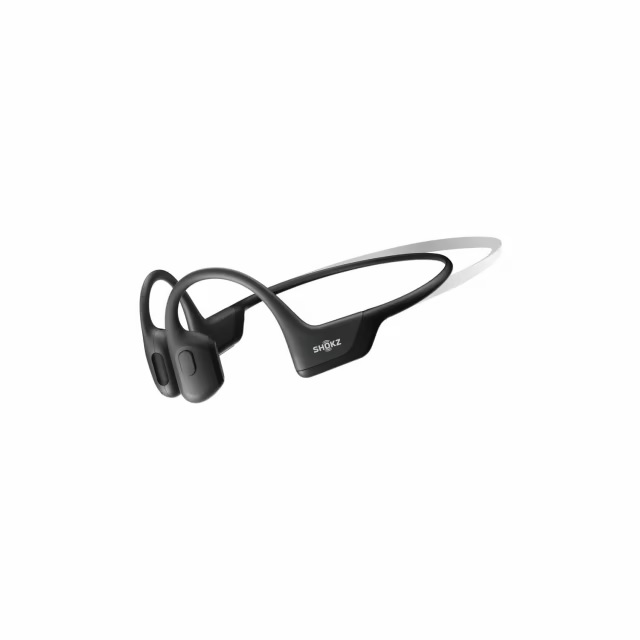Seven things I learned from running my first half marathon
Here’s what to expect from your first race

"Who wants to run a half marathon with me?" a friend asked over cocktails last June.
I’ve never considered myself a runner. In fact, I was one of those people who despised running. Who would do that on purpose—let alone pay for it?
But as the evening went on, I started thinking: What if I did it? Could I train for a half marathon with no running experience? Maybe it was the espresso martini talking, but I agreed to sign up for the Life Time Chicago Half Marathon.
After chatting with my runner friends and checking Reddit forums, I found the training method that worked for me: Jeff Galloway’s Run Walk Run technique.
I used his plan to train for four months and I finished my first half marathon in September 2023. My journey from non-runner to half marathon finisher wasn’t easy, but it was well worth it. Here are seven things I learned during my 16-week training block.

1. My weight stayed the same, but I got fitter
When I set my sights on completing a half marathon, I had no idea if or how my body would change. I didn’t gain or lose weight, but I felt stronger and more confident overall. I also found that I slept better and had smoother, brighter skin.
2. Training can be time-consuming
Between commuting, running, and resting, training for a long race requires time. As my runs inched closer to the three-hour mark, fitting in my workouts demanded creativity. One time, I hopped off a plane and headed straight to the track to crank out seven miles in the rain. Crazy? Maybe a little. But building this discipline and mental toughness was essential to finishing strong on race day.
Start your week with achievable workout ideas, health tips and wellbeing advice in your inbox.
3. Run slow to run fast

Emery Little after her first run.
It’s tempting to run as fast as you can, but that’s not always the best training method. Instead, focus on maintaining a steady pace, even if it feels frustratingly slow. If you can’t hold a conversation while running, that’s a sign to slow down your long runs. Race day adrenaline will carry you further than you think!
4. It’s okay to walk
I hate to admit it, but I was nervous that the "real" runners would judge me when I started walking at the start of the race. However, I was pleasantly surprised when I noticed how many others were also doing run/walk intervals. Remember: walking doesn’t make you any less of a runner. We all get the same medal in the end!
5. Listening to your body is important
I learned this the hard way after tying my shoes too tightly before a run, resulting in a bad case of extensor tendonitis that forced me to take a full two weeks off training.
While occasional discomfort is normal, pay attention to how it evolves. If it lasts longer than a week (or gets worse during a run), get evaluated by a professional. It’s annoying to pause your training, but it’s better than never making it to the start line.
6. Running with a friend helps

Having an accountability partner can do wonders for keeping you on track. For me, this was especially helpful when the weather was unfavorable. Bonus: the finish line photos are even more special!
7. Everyone has their own journey
All 10,000 race participants had unique reasons for showing up to the start line. Hearing other runners’ "why" for running the race was one of my favorite parts of my race experience. The person next to you could be completing their first race or their fiftieth, so focus on running your race, not theirs.
With two half marathons behind me now, I plan to continue integrating running into my fitness routine. Who knows, maybe I’ll run a full marathon one day.
My gear

I truly can’t complete a run without my Garmin Forerunner 55! I got mine in turquoise. Even among the tall buildings in downtown Chicago, I find the GPS to be accurate. I love using the pacing feature to meet my running goals. I can set my goal pace and rely on my watch to let me know if I’m going too fast or slow.

While I discovered them after my first race, my OpenRun Pro by Shockz bone-conducting headphones are now a daily essential. Since they don’t go inside your ear, you can remain aware of the world around you to hear race announcements, cyclists, and other runners coming behind you. I love that they’re waterproof!
Emery is a freelance writer and communications professional. Originally from Birmingham, AL, she graduated from Vanderbilt University in 2022, earning her degree in Science Communication and Spanish. Emery currently lives in Chicago, IL, where she spends her free time running on the Lakefront Trail, writing from new coffee shops, and reading creative nonfiction. She is passionate about fitness and nutrition, and she hopes to inspire others to make sustainable lifestyle changes that will improve their health and longevity.
